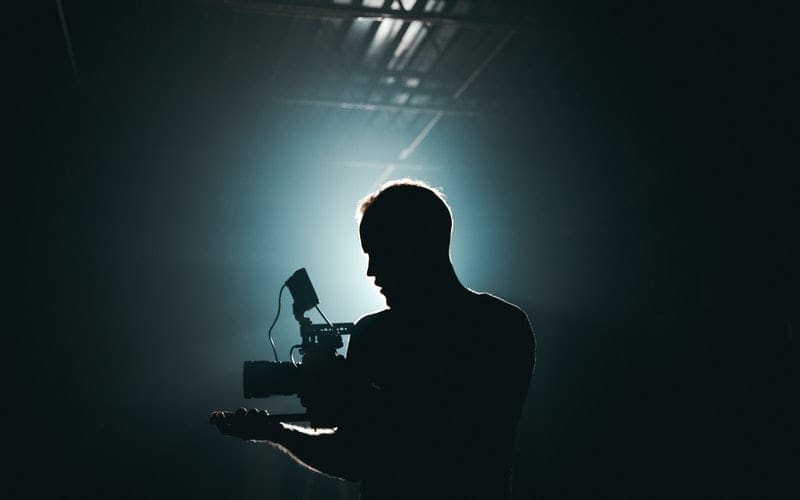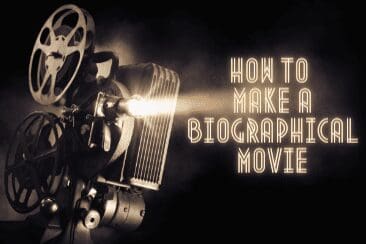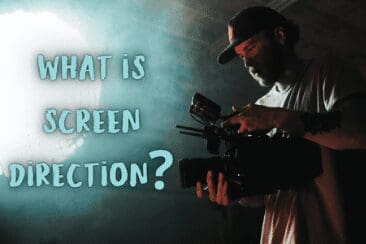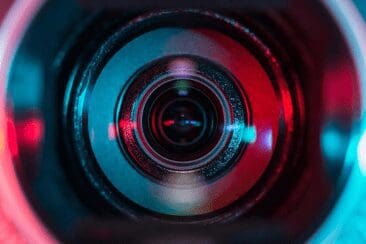Are you looking to broaden your knowledge of filmmaking? More specifically lighting? Well, you’ve come to the right place! Consider this article as your guide to hard light vs soft light. It’s an interesting topic to immerse yourself in, and we would argue that you need a firm grasp of this concept if you want your films and videos to translate successfully.

So, sit back (maybe take some notes!) as we tell you everything that you need to know. Including how to make soft light vs hard light and the difference between hard vs soft light.
What Is Soft Light?

Let’s kick things off by taking a look at soft light.
So, what is soft light? Well, first off, light travels in waves and how these waves are dispersed will alter and affect the quality of light. This is how you can discover whether the light is soft or hard – look into the shadows!
Consider soft light as more flattering. It will wrap itself around the subject you’re filming and cast some gentle shadows over it/them. The transition between the shadow and the light will be a gradual one – there are no harsh lines here.
So, why use it in filmmaking and videos? Why is it important? Filmmakers use it to help set a scene and tone, and lighter scenes can often help to lift the ambiance.
It’s certainly a more flattering light for people than hard light. This means that it gives the scene a soft glow. This is great as it’s not harsh on the eyes of the subject (or viewer) and the light won’t feel artificial.
What Is Hard Light?

Now, it’s time that we put hard light into the spotlight.
So, what is hard light? Well, it’s pretty much the exact opposite! If hard light is used in filmmaking it can cast dark and deep shadows that stand out from the well-lit areas in your scene.
The transition between the shadows and the light will be much more defined in comparison to soft-lit scenes.
Also, when hard light is directed at your subjects it will appear more focused and harsher. In comparison to the way that soft light gently envelops your subjects.
It’s important to note that there can be transitions between the two different types of light and that you can manipulate them both to your satisfaction.
How To Make Soft Light

Now it’s time to explain how to make soft light in filmmaking.
Softboxes can create soft light, as can big light sources. The idea is to position your light source close to your subject and you can then use a diffuser to spread out the light and soften it.
Reflectors can also be used to bounce the light off and back into your scene. This will give the impression of smooth shadows which are pleasing to the eye.
Consider the size of your subject and position the light source with the same dimensions and the same distance away. This will make your light appear even softer!
Soft lighting is great for creating a friendly tone for your scene. Soft light is often used in the filming of interviews, as it can make the subject appear more approachable. Not to mention the light is way more flattering!
How To Make Hard Light

Now, let’s address how to make hard light in filmmaking.
When it comes to creating hard light it’s all about restricting the spread of it. So, begin by making use of just one small light source. It’s a good idea to make use of light modifiers (like flags) to help prevent the light from creeping in. This will achieve the effect of focus and sharpness.
If you wish the light to appear really harsh, then keep your light source as far away from your subject as possible.
Hard light is also all about the angles and making sure that they flatter the face of your subject. There are two ways to achieve this.
You can use the on-axis technique which means using light in front of the camera and above. Or you could use the light in a Rembrandt-style light. This basically means the shadows are flattering and don’t create competing shadows.
As we know by now, hard light can create powerful shadows and you can use these to your advantage. Especially if you pair them with powerful colours – this can make your scene really pop and stand out.
Hard light is great for the intense scenes in your film, or when you wish to create an unsettling atmosphere. It’s great for making your audience feel on edge or uncomfortable. You can also direct this light at an evil character.
Hard Light vs Soft Light: Our Final Thoughts

So, there we have it – our complete guide to hard light vs soft light!
It’s a fairly simple topic to get your head around, but (we think you’ll agree) an extremely important one in filmmaking.
When it comes to the main difference between hard light and soft light in filmmaking, it all comes down to the way that they portray shadows and the way that light is created in relation to the distance it’s positioned towards the subject.
Soft light boasts smooth shadows while hard lights have direct and focused shadows. Both different types of light are essential to master, as they can have a huge impact upon your scene and the mood that you want to set.
We hope that this article has given you the confidence you need to get out there and try out hard and soft light for yourselves! We’re sure that you’ll notice the positive difference in your own filmmaking.
Would you like to read more helpful filmmaking related articles? Then look no further than Мusic Gateway – we’ve got you covered! Why don’t you check out Best Lens for Filmmaking, How to Make a Music Video, How to Become a Director or Famous Movie Props?










